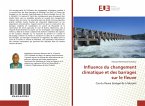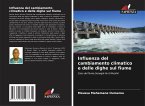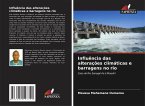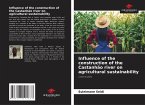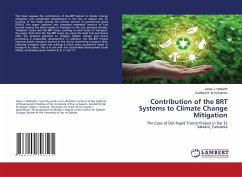This work discusses the influence of climate change combined with the construction of the two dams of Manatali (in Mali) and Diama (in Senegal) on the hydrometric data of the Senegal River (case of the Ile à Morphil). This manuscript deals with the consequences of studies made without first taking into account major changes in an area. These anomalies in the studies have caused large embankments (high roads) that negatively impact the surrounding populations. The positive aspect is that the construction of the dams prevents flooding upstream of Manantali and salinization of agricultural land downstream of Diama. Nevertheless, this has had a financial impact on the project, as the envelopes are exploded and even beyond the limit. The objective is to draw the attention of experts and engineering firms to the need to take into account the artificial division of time by marking the date of construction of the dams. These dams constitute a flow regulator in the valley area upstream ofManatali. This will save significant amounts of money that can be injected into basic social works.
Bitte wählen Sie Ihr Anliegen aus.
Rechnungen
Retourenschein anfordern
Bestellstatus
Storno


